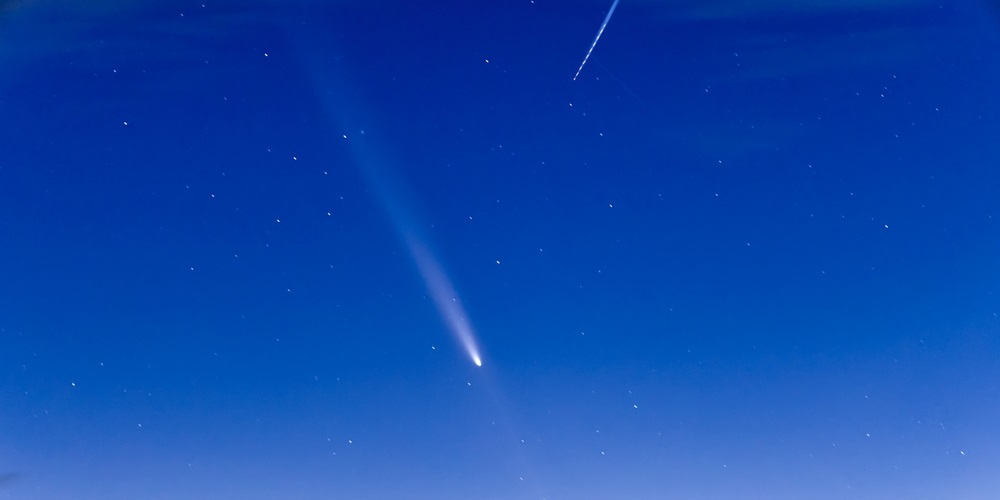This week, Saudi Arabia’s skies are set to dazzle with a once-in-a-lifetime event: the passing of Comet C/2023 A3, also known as Tsuchinshan-ATLAS. This extraordinary comet, which won’t return for another 80,000 years, is now visible without a telescope. Stargazers can catch it in the evenings, particularly in rural areas with low light pollution, until October 30.
View this post on Instagram
Discovered jointly by the Tsuchinshan Observatory in China and the ATLAS project, this comet has been steadily brightening as it moves closer to Earth, revealing a stunning long tail of dust and gas. What makes this event even more exciting is that Tsuchinshan-ATLAS reached its peak brightness around mid-October, making it one of the brightest comets seen in decades, comparable to NEOWISE in 2020.
For stargazers in the region, the best views will be just after sunset, especially in the constellation Ophiuchus. The comet’s icy core, which originated from the Oort Cloud, a distant icy region of our solar system, is a relic from the early solar system.

For those unable to catch a glimpse this time, Tsuchinshan-ATLAS is making its first close approach in recorded history, and the next chance to witness this cosmic visitor won’t come for another 26,000 years, according to some new estimates.
To fully appreciate this rare celestial marvel, avoid city lights and head to darker areas. Comets are often best seen in rural locations far from urban light pollution, as NASA recommends. Using binoculars or a telescope can enhance the experience, especially as the comet’s tail evolves in the night sky.












